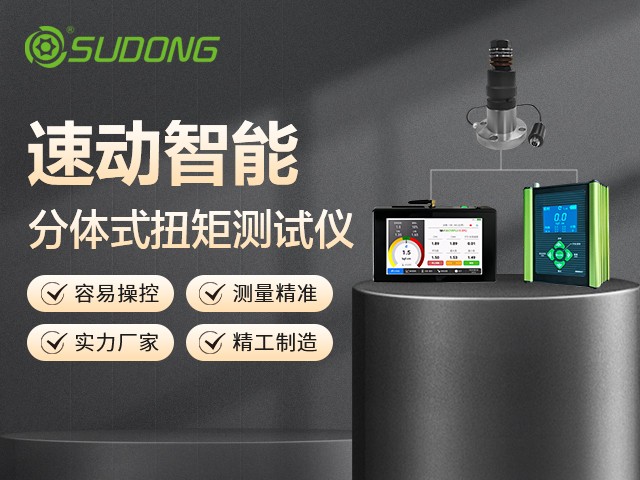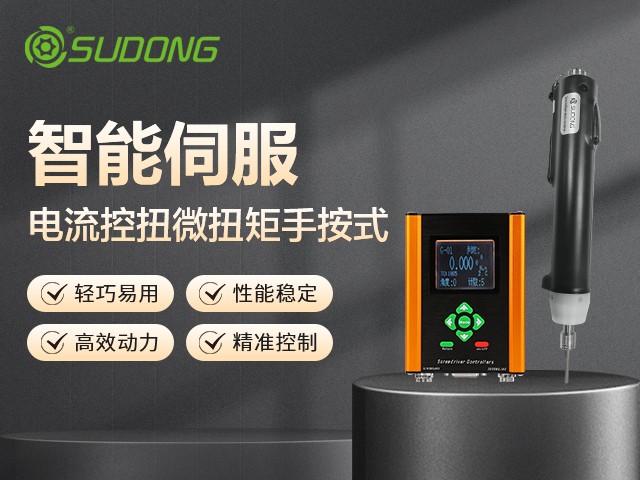Smart electric screwdrivers, also known as intelligent electric screwdrivers, are highly effective tools for industrial assembly. Integrating high-precision sensors, servo motors, and intelligent algorithms, they precisely control parameters like torque and angle to ensure high-quality screwdriving. This article will provide a detailed introduction to using smart electric screwdrivers, helping users quickly master their skills and achieve standardized operation.

1. Preparation before use
- Tool connection
- Connect the smart electric screwdriver to the transformer power supply and ensure good contact.
- Connect the transformer power supply to the AC220V power supply, turn on the power switch, confirm that the indicator light of the electric screwdriver is on, and enter the standby state.
- Screwdriver installation
- Select the appropriate screwdriver bit according to the screw specifications (such as cross, flat or hexagon, etc.).
- Turn off the power, insert the screwdriver bit into the electric screwdriver chuck, and adjust the tightness with a wrench to ensure there is no shaking.
- Parameter settings
- Torque upper and lower limits: Set the torque range, when it exceeds the limit, the electric screwdriver will alarm.
- Seat Check (SSL): Prevents torque shock when the screw is not screwed in. It is usually set to 35%-55% of the set torque.
- Soft start function: For small screws (<5mm) or plastic parts, slowly accelerate to the set speed to avoid damage.
- Set the torque value, speed, angle and other parameters through the software interface or control panel of the electric screwdriver.
2. Operation steps
1. Tighten the screws
- Forward mode: Turn the rotary switch to the “Forward” end.
- Small screws (<ф5mm):
- Place the screw vertically into the screwdriver bit and align it with the screw hole.
- Press the switch lever down, and the electric screwdriver will automatically tighten the screw to the set torque and then stop.
- Large screws (≥ф5mm):
- Manually insert the screw into the nut hole, keeping the screwdriver in line with the screw.
- Press the switch lever down and the electric screwdriver is locked to the set parameters.
2. Screw removal
- Reverse mode: Turn the rotary switch to the “Reverse” end.
- Aim at the screw hole to be removed and keep the electric screwdriver vertical.
- Press down the switch lever, loosen the screws and release the lever to complete the disassembly.
3. Real-time monitoring and data recording
- Display monitoring: During operation, you can view torque value, speed, angle and other data in real time.
- Data recording: The locking results (time, torque, angle) of each screw are automatically saved and can be exported to the MES system for traceability analysis.
4. Safety regulations and precautions
- Operational safety
- Do not plug or unplug the handle or controller interface when it is powered on to prevent circuit damage.
- Wear protective glasses when using to avoid eye injuries from splashing objects.
- Environmental requirements
- Avoid using in environments with high humidity, oil, or corrosive gases.
- Storage temperature range: -20℃~65℃, relative humidity: 0%~90% (non-condensing).
- Maintenance
- Clean regularly: Keep the surface of the electric screwdriver clean to prevent oxidation.
- Lubrication check: Lubricate mechanical parts and calibrate torque after every 1 million tightenings.
- Troubleshooting: If any abnormality occurs, stop the machine immediately and contact a professional for repair.
5. Advanced Function Application
- Multi-task switching: supports 16 tightening tasks, suitable for different product assembly requirements.
- Communication protocol: Link with PLC and other equipment through Modbus-RTU/TCP protocol to achieve automated production.
- Alarm protection: Automatic alarm for abnormal conditions such as excessive torque, thread slippage, floating height, etc. to ensure assembly reliability.

Conclusion
Smart electric screwdrivers, with their high precision and efficiency, have become a powerful tool in modern industrial assembly. Mastering proper usage not only improves production efficiency but also ensures product quality. Following safety regulations and performing regular maintenance will maximize the lifespan of the equipment. With the advancement of Industry 4.0, the application scenarios of smart electric screwdrivers will expand, facilitating the manufacturing industry’s transition to intelligent manufacturing.
